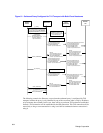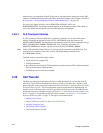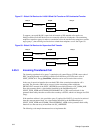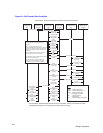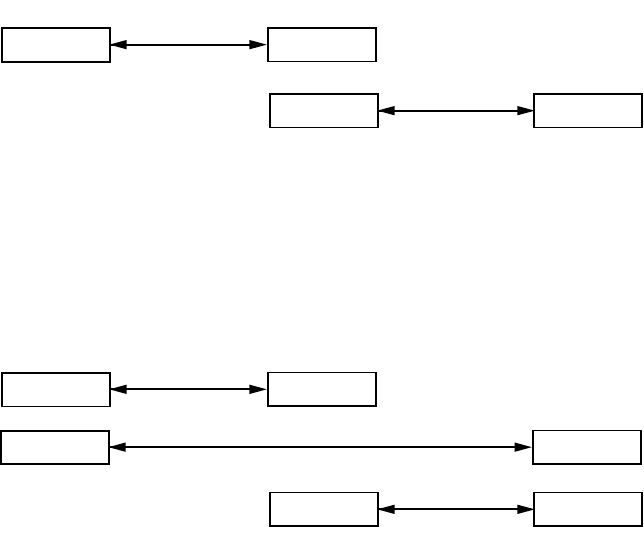
312
Dialogic Corporation
Figure 57. Global Call Devices for H.450.2 Blind Call Transfer or SIP Unattended Transfer
To support a successful H.450.2 supervised call transfer or SIP attended call transfer, two
Dialogic
®
Global Call API line devices are eventually utilized at all endpoints. The transferring
endpoint or transferor (party A) makes a consultation call to the transferred-to endpoint or transfer
target (party C), thus utilizing two line devices at both these endpoints as well. See Figure 58.
Figure 58. Global Call Devices for Supervised Call Transfer
4.25.3 Incoming Transferred Call
The incoming transferred call to party C contains the call control library (CCLIB) cause value of
IPEC_IncomingTransfer and a Dialogic
®
Global Call API library (GC LIB) cause value of
GCRV_XFERCALL. The gc_ResultInfo( ) function can be used to retrieve these values.
In the case of supervised transfer, the associated CRN of the secondary/consultation call is
provided. The secondary CRN can be accessed via the extevtdatap pointer within the
METAEVENT structure of the GCEV_OFFERED event which references a GC_PARM_BLK.
From this parameter block, a data element identified by the SetId/ParmId pair of
GCSET_SUPP_XFER and GCPARM_SECONDARYCALL_CRN can be retrieved via the
parameter block utility functions to retrieve the secondary call CRN, which is of datatype size CRN
(long).
If the transferee address is also provided to party C (optional for H.450.2), it can also be retrieved
from this same parameter block, via a data element identified by the SetId/ParmId pair of
GCSET_SUPP_XFER and GCPARM_TRANSFERRING_ADDR via the parameter block utility
functions as a character array of maximum size GC_ADDRSIZE.
The following code sample demonstrates how to implement this:
A ldev1
B ldev1
B ldev2 C ldev1
Primary Call
Transferred Call
Party A
Party B Party C
A ldev1
B ldev1
B ldev2 C ldev2
Primary Call
Transferred Call
Party A
Party B Party C
A ldev2
C ldev1
Secondary (Consultation) Call



